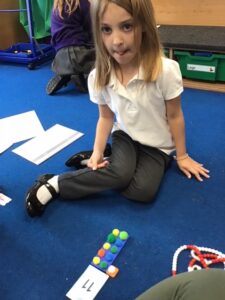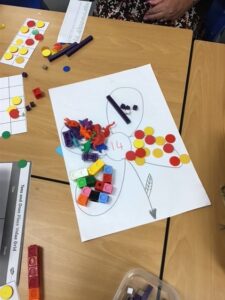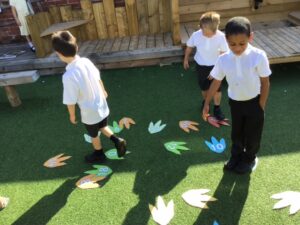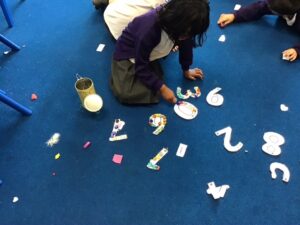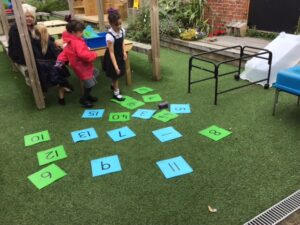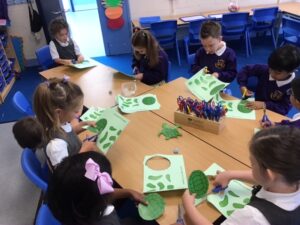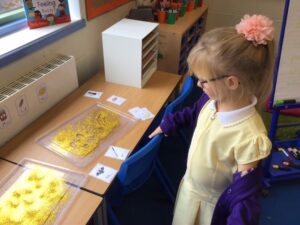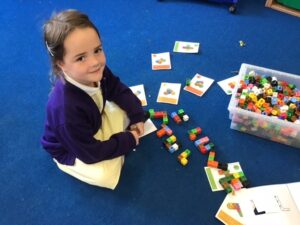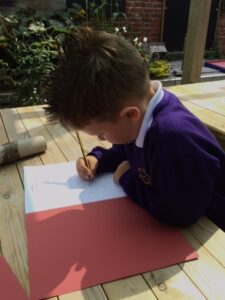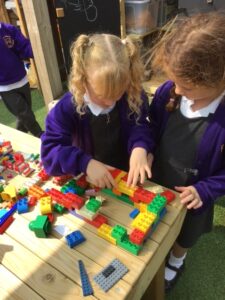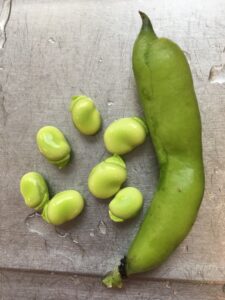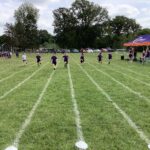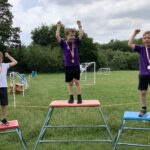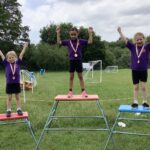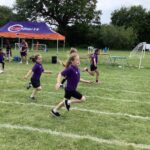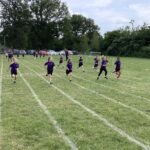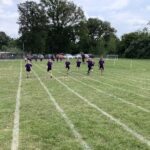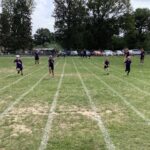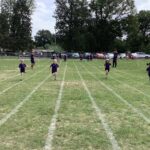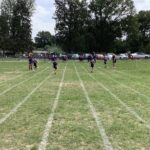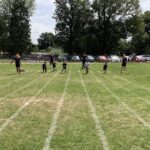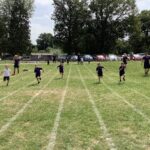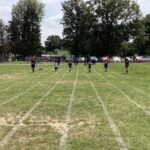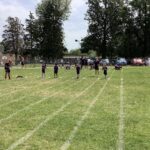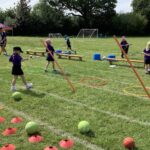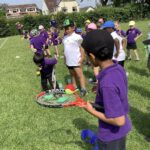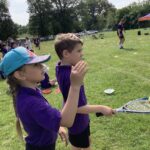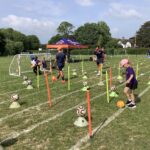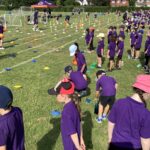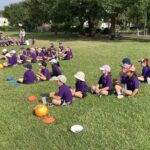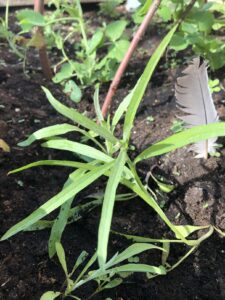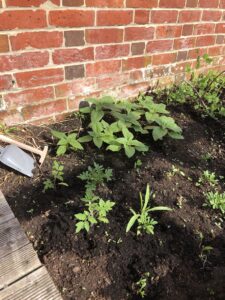Our first full week
The Year 1 children have competed their first full week. All the staff in Year 1 are impressed with how the children have adapted and quickly understood the routines in Year 1!
This week we had our first science lesson. The children have started a longitudinal study. We are looking at how the school field will change whilst they are in Year 1. They looked for animals and signs of autumn.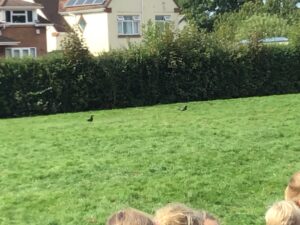
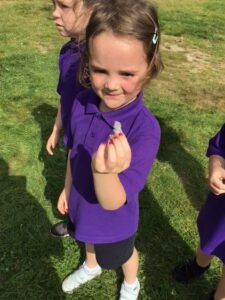
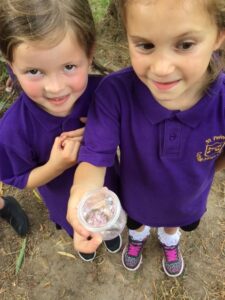


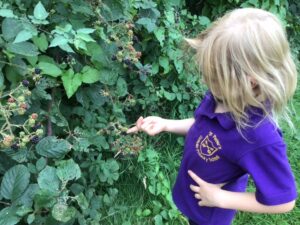
For maths this week we have been focusing on numbers. The children have partaken in numeral and quantity matching, one more and one less as well as number formation.
As weather got worse towards the end of the week and the children bought in coats, we noticed that many children were unable to independently put on do up their own coats. This is something that the children practised in Early Years. If your child is still struggling with this please practise as much as you can at home.
Have a lovely weekend.
From the Year One Team.
Our first days back
Hello from the Year One team!
We have had a good couple of days back and the children have settled in well. Here are some images of the children learning in their new classrooms!
The children have been showing us what they know, using their phonics to help them write what they can see in our classroom or the outdoor area.
Children have been given their new phonics books. Please set some time aside to read the books everyday.
Have a wonderful weekend!
From us all in Year One
STEM day
Today in Year One we learned how to use BeeBots. We had a go at moving like a BeeBot and following a series of commands called an algorithm. It sounds far more complicated than it really is – the trickiest part was knowing our left from right!
We created our own maps featuring London landmarks and moved a toy car around the map using the same commands as a Bee Bot would. Next, we created our own algorithms using symbols for our friends to try out. Lots of us made mistakes at first but we worked really hard to debug the code and fix the problem. 


Finally we got the BeeBots out. Once we felt confident, we took on the challenge of commanding the BeeBot to move around the room without touching any of the obstacles.
London’s Burning
Today, with the help of Mr Cunningham and his in-depth History knowledge (plus many other helping hands!), we reenacted the Great Fire of London. The children had been making model Tudor houses and this morning on the gravel car park, we assembled them to represent the narrow, tightly-packed streets of London in 1666. We lit the fire at the bakery in Pudding Lane and watched as the wind swept the flames towards St Paul’s Cathedral and beyond. Mrs Atkins threw water on the fire with a tiny ‘bucket’ but it made no difference. Finally, we cleared a section of the house to make a ‘fire-break’ and this was successful at stopping the fire from spreading further. We noticed the smells, tastes and sounds of being near a fire and thought about how awful it would have been for the people of London to be surrounded by all that ash. Hopefully your children enjoyed the event and learnt a lot too!





A visit from Hampshire Fire and Rescue
Today, we had a visit from Kelly from Hampshire and IOW Fire and Rescue Service. She spoke to us about what the service does and we joined in with a song and actions where we pretended to be Firefighters. Kelly talked to us about hazards in the home and things that we should stay away from. She taught us this rhyme with actions:
Matches and lighters, never touch
They can hurt you very much.
Kelly brought along a smoke alarm and showed us how to test it. We talked about how important it is to test our smoke alarms at home once a week. All the children were challenged to find all their smoke detectors at home.
We learnt that if the smoke alarm goes off at home we need to Get Out, Stay Out and call 999. We also talked about how important it is that the children learn their address so that they can communicate it to a safe person in the case of an emergency. The children have been given postcards to write to help them with this.
Finally, we got to see the kit that Firefighters wear to do their job.
Thank you for visiting Kelly – we loved it!
Speading ha-PEA-ness in Year One
Look what we’ve grown! Okay, so they’re technically not peas, but they still brought joy and happiness! Mrs Crockford very kindly picked the broad beans from our plant, cooked them and returned them for the children to try.
The children all agreed that they were very delicious and surprisingly sweet! Quick, add this vegetable to your shopping lists whilst they’re still keen!
Team One.
Friday 18th June
This week, the children got to enjoy a fun and competitive sports morning in the sun. They all did fantastically well. Working in their house teams, the children took turns to collect points by completing different stations which tested their speed, agility, balance and reactions. We were so proud of the children’s positive attitudes and how they cheered on and supported one another. Everybody enjoyed a drink refill and snack under the shade of the big trees on our school field before heading back for the races. After several heats, three boys and three girls were awarded medals which they proudly wore for the rest of the day. Amazing work everyone!
We’ve also been doing lots of phonics this week and we are so impressed with the children’s knowledge and how well they are able to sound button and read words, particularly those tricky alien words. Thank you for all you continued efforts with reading at home – it is paying off!
Enjoy the weekend, everybody.
Year One.
Friday 11th June 2021
Year One have been planting! What do you think of our garden?
Back in April we planted seeds and we have loved watching them grow over the last couple of months. Just before half term we planted them outside. We couldn’t believe how many roots had grown inside the tiny pots! 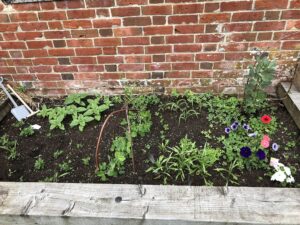
We are all very excited to watch our plants continue to grow and bloom. And later, to start producing peas, beans, sweetcorn, tomatoes and peppers.
Our Wild Flowers have buds!
Our peas have tendrils which are grabbing on to the supports.
Here are our peppers and tomatoes (front) and sunflowers (back).
Our bean has flowers on already and we like to watch the ants eating the flies.


